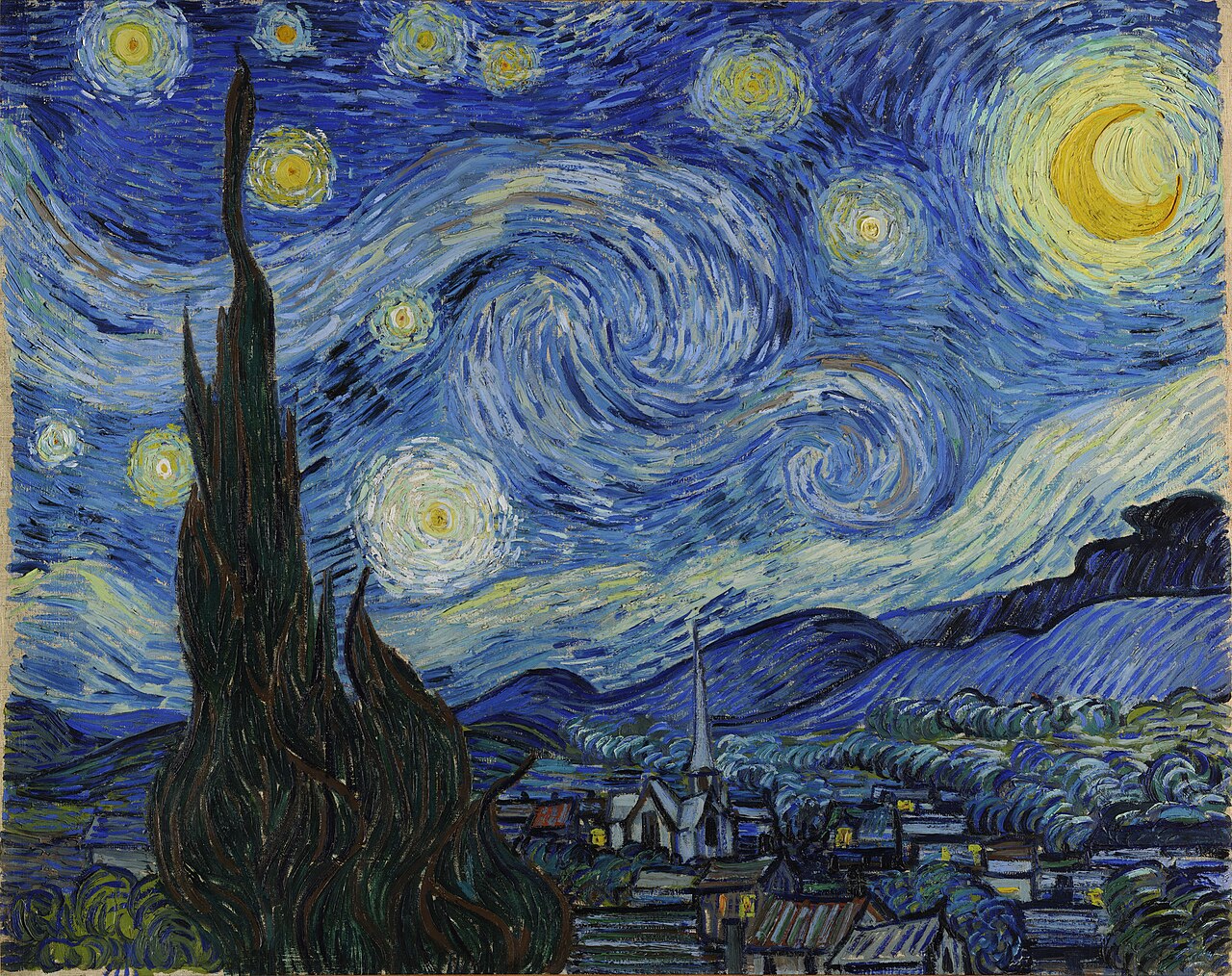In this week's unit, we covered the concept of "two cultures" introduced by C.P Snow. The perspective behind Snow's reasoning of the two cultures is the gradual separation of humanities (arts) and natural science (technology). Aside from just explicitly pointing out the separation, Snow suggest that a unity of the two, especially in university curricula, can help unite these "two cultures" and provide growth in many fields.
http://www.autoblog.com/2016/03/07/bmws-vision-next-100-concept-official/
 |
BMW's Vision Next 100 - a marriage of art and technology
http://www.autoblog.com/2016/03/07/bmws-vision-next-100-concept-official/ |
Likewise in Victoria Vesna's paper regarding a third culture, Vesna supports Snow's designation that there are two distinct cultures. However, unlike Snow, Vesna believes in a "third culture" that coexists with the current two cultures; the middle ground between the two cultures. The difference between Vesna and Snow is that the latter believes the two cultures should be together as one, while Vesna agrees with the two culture concept, but thinks that there should be a third culture that is the amalgamation of the two cultures (coexisting).
 |
A schism between North and South Campus
http://www.ucla.edu/img/content-images/landing-photo-visit.jpg |
At UCLA, there are 2 cultures that can be immediately observed. The apparent difference between North and South campus (humanities and sciences, respectively) implies different meanings for each other. While South campus majors think North campus students have an easy time at school or study "pseudo-science", conversely, North campus majors think South campus students are pompous or "nerds".
http://theodysseyonline.com/ucla/why-north-ca/39840
Not only is there an apparent difference between North and South Campus students, but there is also a difference in fraternities. At UCLA, there are both social and professional fraternities, While fraternities are just known to be a group of like-minded individuals, the differences between the connotations of a social frat being "party-based" and a professional frat as being "nerdy" makes a clear distinction as two cultures.
 |
Art can be also be a product of science
http://www.maryhillmuseum.org/2013/wp-content/uploads/2013/02/rodin_theThinker.jpg |
The current meta of the two cultures being still somewhat separate deviates from perhaps the marriage it once had during the Renaissance. My thinking has not particularly changed despite becoming more aware of this situation. However, I do feel that I may have already been well aware of the "two culture" phenomenon even when I was back in high school; hence this seems almost as a certainty.
http://all-about-renaissance-faires.com/renaissance/arts-and-science/
http://patch.com/virginia/lorton/teens-take-high-school-stereotypes-explained
These ideas can possibly benefit me by increasing my perspective of how others perceive each other. While I feel as though I am already completely immersed in the "two culture" ideal, I believe that a deeper understanding will allow me to better understand my peers and respect others. This applies as a lifelong benefit, and not just as a student.
Citations:
- Gluckman, David. "BMW's Vision Next 100 Concept Celebrates Past, Predicts Future." Autoblog. Web. 03 Apr. 2016.
- "Arts and Science." AllAboutRenaissanceFaires. Web. 03 Apr. 2016.
- Eason, Ryan. "Why North And South Campus Majors Need To Shut Up." Odyssey. 2014. Web. 03 Apr. 2016.
- Meyer, Madeline. "Social versus Professional Fraternities." The TimesDelphic. Web. 03 Apr. 2016.
- Sandler, Rachel. "Teen's Take: High School Stereotypes Explained." Lorton, VA Patch. 2011. Web. 03 Apr. 2016.



/cdn0.vox-cdn.com/uploads/chorus_image/image/47916267/art_teucla.0.jpg)




,_oil_on_canvas,_73_x_54_cm,_Hermitage_Museum,_Saint_Petersburg,_Russia.jpg)

/cdn0.vox-cdn.com/uploads/chorus_asset/file/5815365/2008.01.lightsbc.0.jpg)


